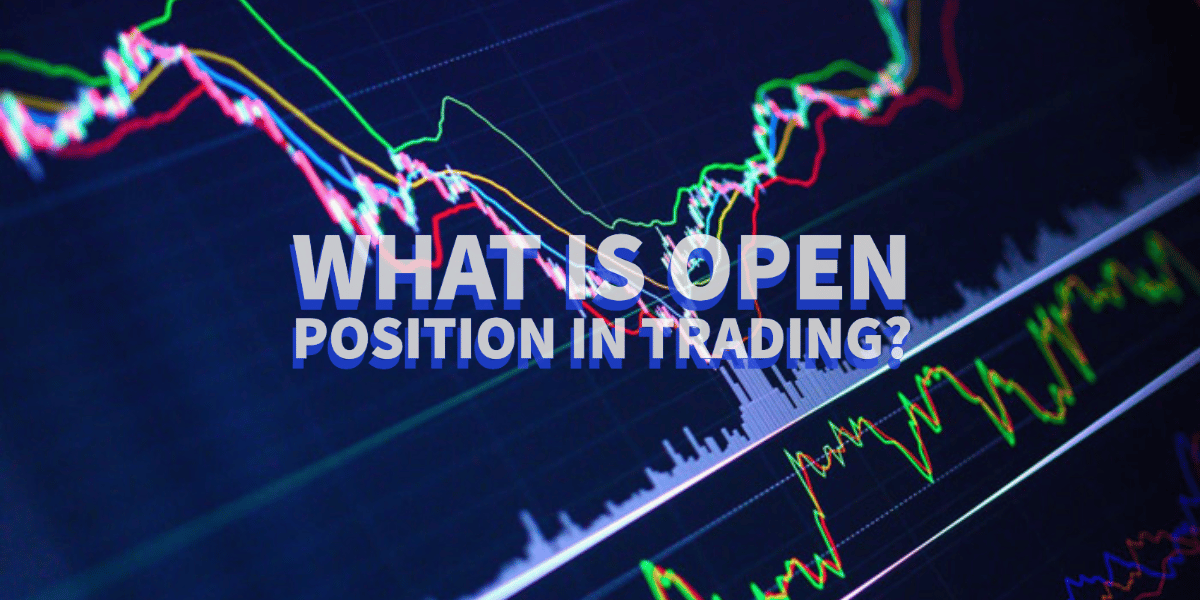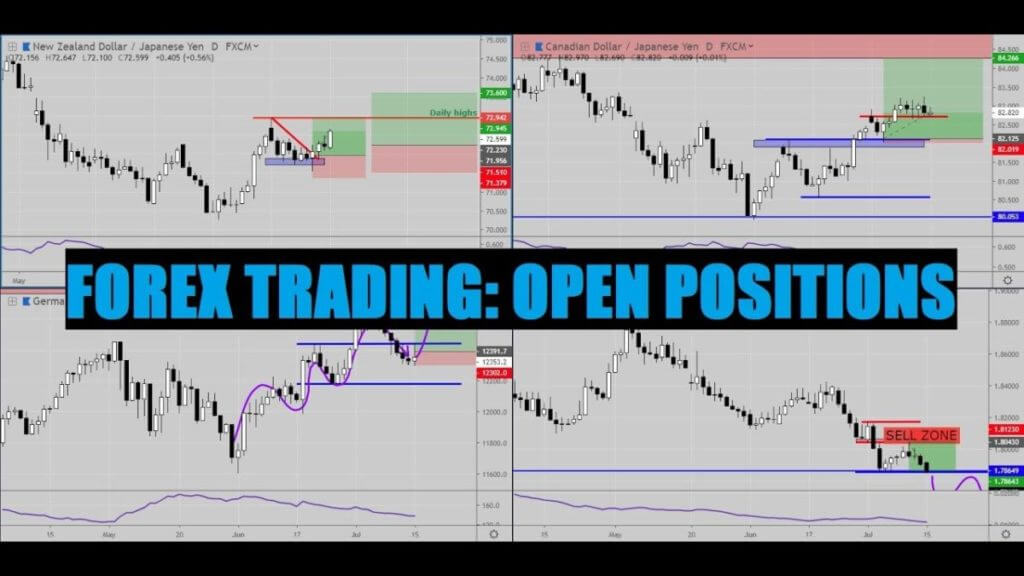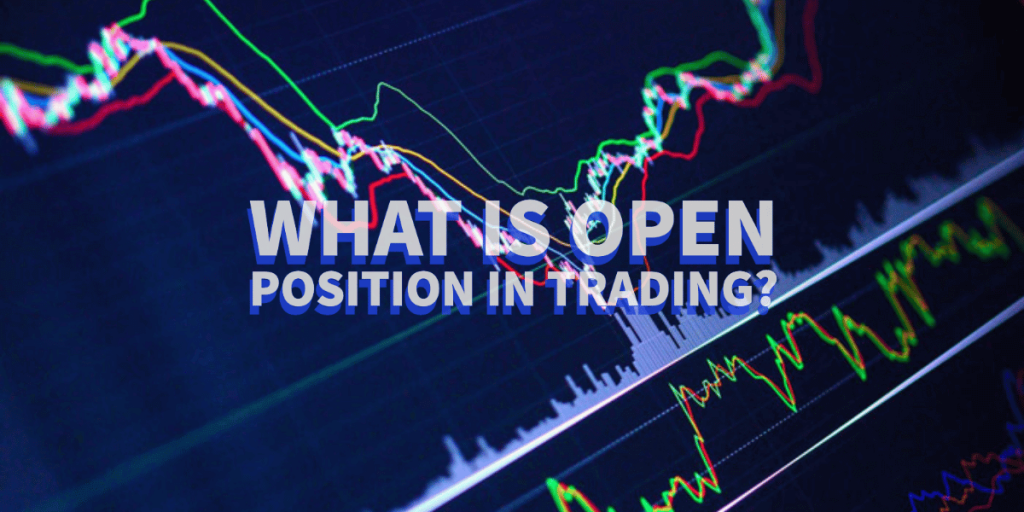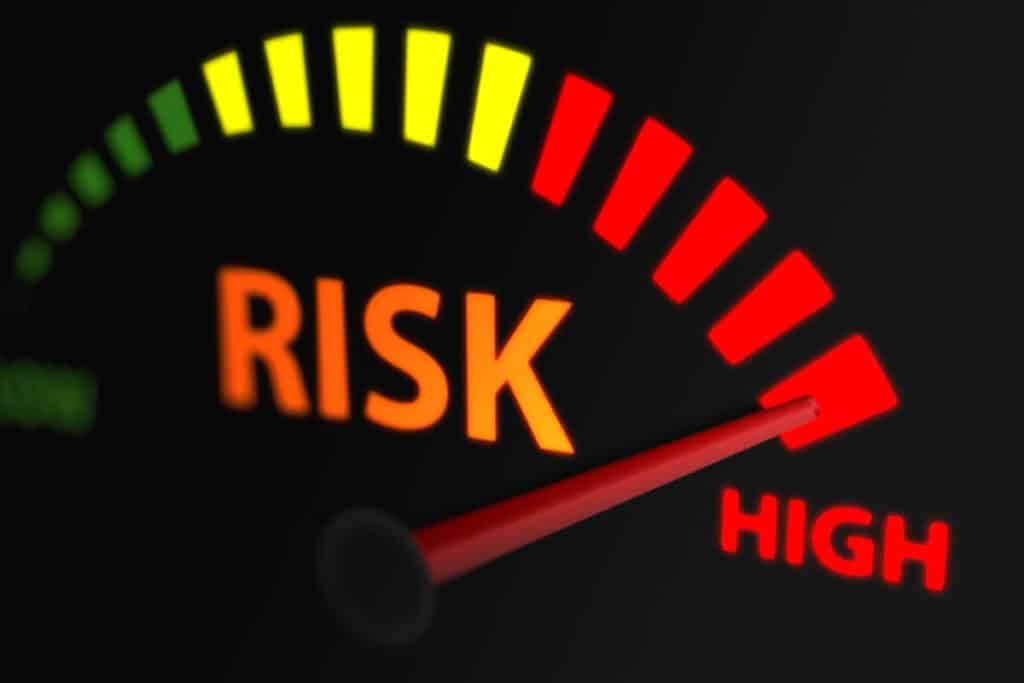
What is Open Position in Trading
What is open position in trading? If you are just starting out trading on financial markets, that question certainly occurred to you. In trading and investments, everything comes to open and close positions at the right moment.
In this article, we explain what an open position entails in stock and currency pairs trading. Also, we will see what markets and financial instruments are most appropriate for an open position strategy. Finally, we examine the advantages and risks of open positions trading style.
What is open position in trading
What does position mean in trading? In order to be exposed to the market, the investor needs to take a position. Position in trading financial markets means that an amount of asset is owned or sold short.
A trader buys the asset through a buy order or sells short through a sell order. A trading position is open when the trader buys an asset, but the opposing trade (selling) doesn’t take place.
Now that we have answered the question of what is open position in trading let’s have a look at long and short positions.
An open position following a buy is considered a long position (going long). An open position following a sale is a short position or going short.
For instance, when an investor is confident about the stock market trajectory of a stock, he is a buyer: we then say that he holds a long position. The opposite position (sell) is called “short.”
Long positions can be taken on the spot market or on the options markets with the purchase of a “call.”When an investor anticipates a fall in prices, he is said to have a short position. Conversely, a long position is taken when an investor anticipates a rise in prices.
What is open position in trading – Open Position Explained
To clearly explain what an open position is, let’s stick to the stock market. So, what are positions in stocks? If you own a certain amount of stocks, you have an open position. Once you sell these stocks, you close the position.
If you are a buy-and-hold type of investor, you typically have one or several open positions. If you close your positions in a relatively short span of time, you are a short-term trader. Short-term trades are also called round-trip trades. Scalpers and day traders open and close their trading positions within seconds playing on multiple price fluctuations.
What is open position in trading Forex?

When you buy or sell short on the Forex market, you create a trading position. If you sell or buy back, the position is closed.
If you believe the price of a base currency will go up, you will buy or go long and If you anticipate a decrease in the price, you will go short. When opening a position in Forex, pay attention to the open position ratio.
What is open position in trading – open position trading strategy?
Open position trading is a popular long-term trading strategy. It allows individual traders to hold a position for a long time, in some financial markets, for months or years!
In financial markets, a position is “open” when a trader buys financial security with a buy order or when he sells short.
This position is then “closed” when the trader sells the asset they bought or buys back the short sale. And it is precisely this concept of position-taking that gives position trading its name.
Of all the trading types, position trading has the longest holding times. Therefore, the profit potential is greater, but so is the risk.
History is full of famous examples of great traders who made a fortune by applying position trading strategies but also of resounding bankruptcies…
How Open Position Trading Works
Position trading is a trading strategy in which a trader can deliberately stay in an open position for several months or even years, hoping to catch a big price move.
This is a different trading philosophy than the day trader, which aims to capture small movements by buying and selling within the same day.
The open position trader rides the short-term highs and lows of the market price, patiently waiting for his longer-term price target to be met or not. The basic principle of position trading is, therefore, the idea that the market moves in trends.
The simplest way to describe position trading is to say that the trader sets a large profit target in terms of percentage market movement. At the same time, in order not to be prematurely eliminated from the position, the position Trader also tolerates greater losses by setting a more distant stop-loss order.
Advantages of Open Position trading

First of all, it is a long-term strategy that can potentially lead to significant gains (although the risk of losing money when trading is also higher).
Also, the position trader is less stressed compared to some short-term strategies, as positions do not need to be checked daily. Short-term announcements and movements are not problematic as long as the overall trend remains in place.
Finally, the position trader has more time to devote to other transactions or other professional activities because this type of trading only takes time for the initial analysis of the position’s choice.
The loss and gain levels are usually predefined, allowing the position trader to spend very little time monitoring their positions.
Open Position trading Limits
Significant capital is required to keep positions open for a long time, as trades can last for several months (with capital locked in). Traders aiming to keep open poisons must be sure they can afford to take the high risk of losing money…
Moreover, this limit necessarily implies substantial potential losses if the initial analysis led to a poor choice or if external factors invalidate the scenario envisaged.
As positions are held over long periods, major and unforeseen events can lead to a trend reversal and the invalidation of the scenario. It is, therefore, still necessary for the position trader to remain attentive to important news.
Finally, if the position remains open for a long time, swap fees can accumulate to a very large amount if the position uses leverage.
Open Position Trading Risks
It is generally accepted among investors that the shorter the trading time horizon, the higher the risk. Indeed, many unexpected facts can occur in the short term (amplified by the leverage often used in the short term), while changes over longer periods tend to have less impact and allow more time to react. , except in exceptional circumstances.
The main risk of Position trading is, therefore, to undergo a violent counter-trend movement while refusing to cut its losses in time or failing to do so due to a quotation gap.
Most appropriate market sectors for open position trading
There are markets whose characteristics are particularly interesting for the practice of Position trading. These characteristics are sufficient liquidity of the products, a wide choice, and reasonable fees for large transaction amounts.
The markets that best meet these specificities are the stock market, indices, rates, bonds, and commodities.
The stock market typically accounts for the largest proportion of positions taken by position traders. It is also possible to take an interest in the Forex market (strong medium-term trends) but with low or even zero leverage.
Most appropriate financial instruments for open position trading
In order to trade on these markets in the best possible conditions, it is important to use the appropriate financial products. On the index and stock market, direct stocks and ETFs are to be preferred.
Derivative products like CFDs are complex instruments and often too expensive in terms of fees over the long term. However, they can be used occasionally, with options, to hedge a position or the entire portfolio in special situations.
Whether for equities, bonds, Forex, rates, or commodities, it is important to focus on trading products directly, avoiding leveraged derivatives, except for ETFs and Futures contracts without leverage (high liquidity and low costs).
What is open position in trading – Conclusion
Open position trading can be a great trading style for a trader who can’t track trades all day or doesn’t want to be under too much stress. It is also very suitable for investors fond of fundamental and financial analysis.
If executed well, this trading style can profit from changes in a stock’s price over several weeks or months.
It is then up to the trader to find a risk analysis and management strategy and to find what best suits his abilities and objectives, the size of his account, and his availability.
People who attempt open position trading without understanding market fundamentals often lose money.
Fundamental analysis and financial analysis are very useful skills for a position trader. Graphical analysis can also help optimize position entries and exits. Fundamental analysis and macroeconomics are the criteria for deciding which position to take and the ideal timing.
But without a thorough understanding of the target market and the assets that exist in this market (hours, operation, specificities, and reactions), the various analysis techniques will not be enough. It is, therefore, important to train correctly!



